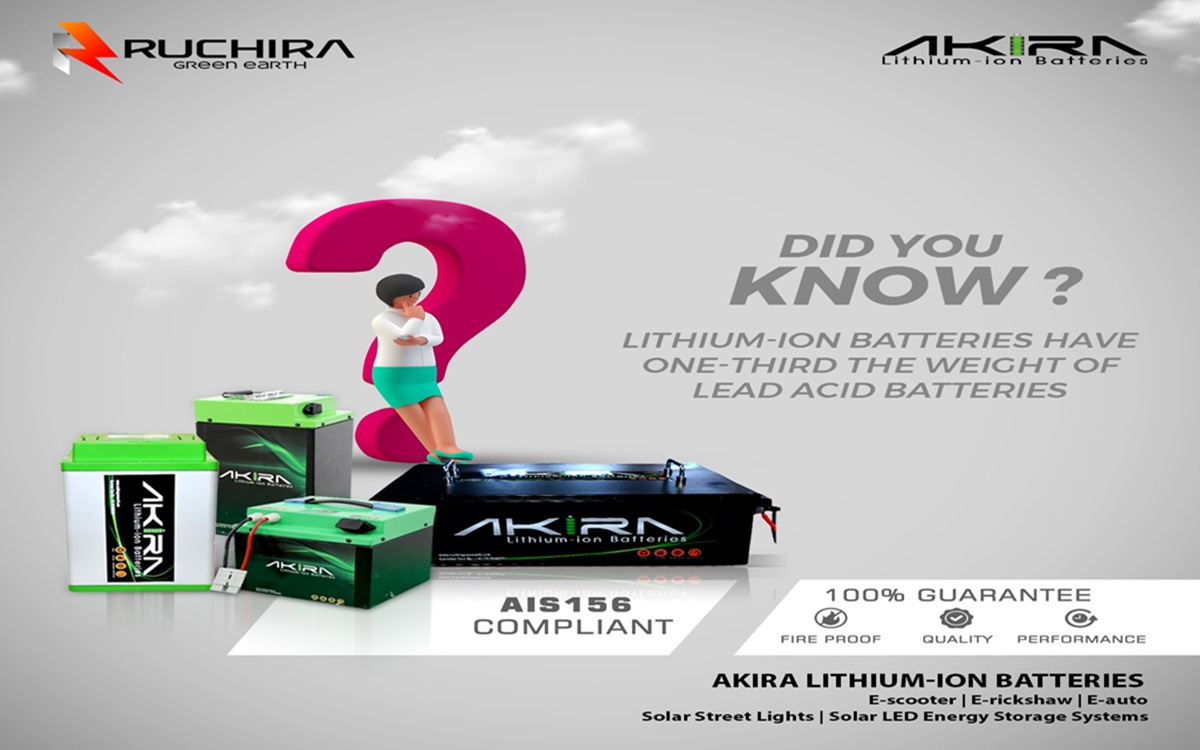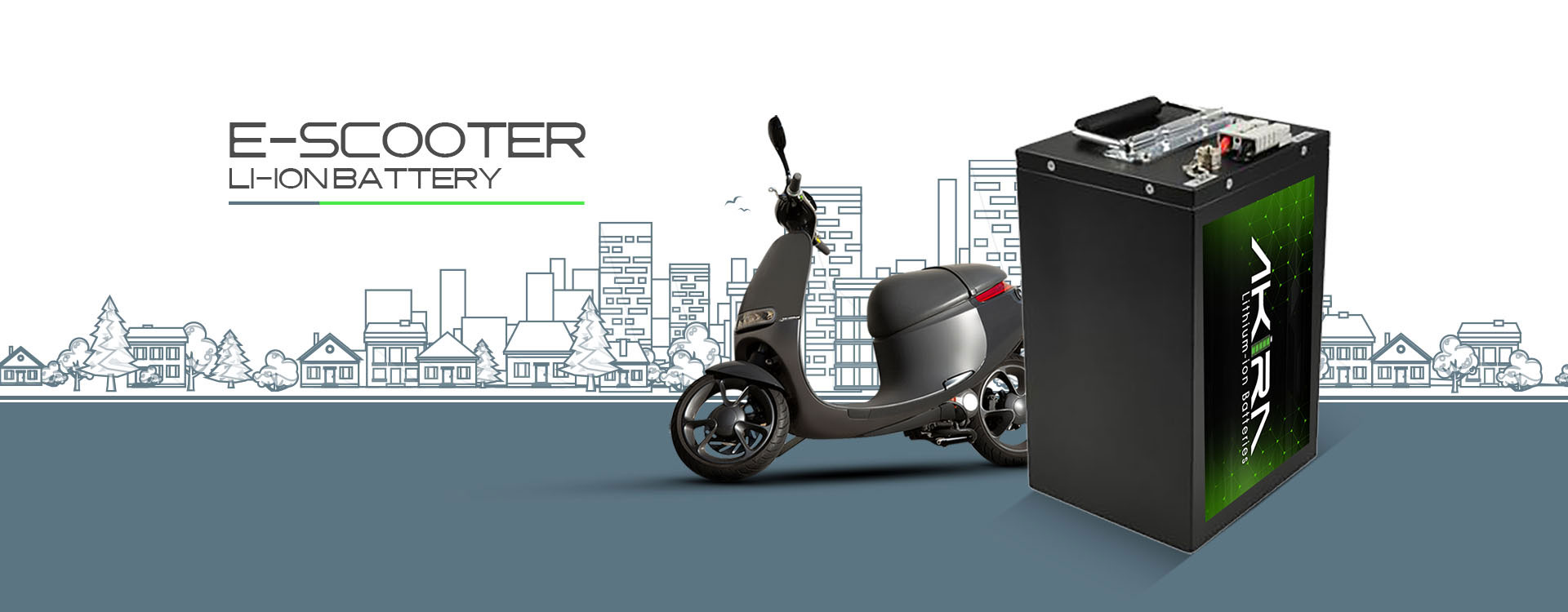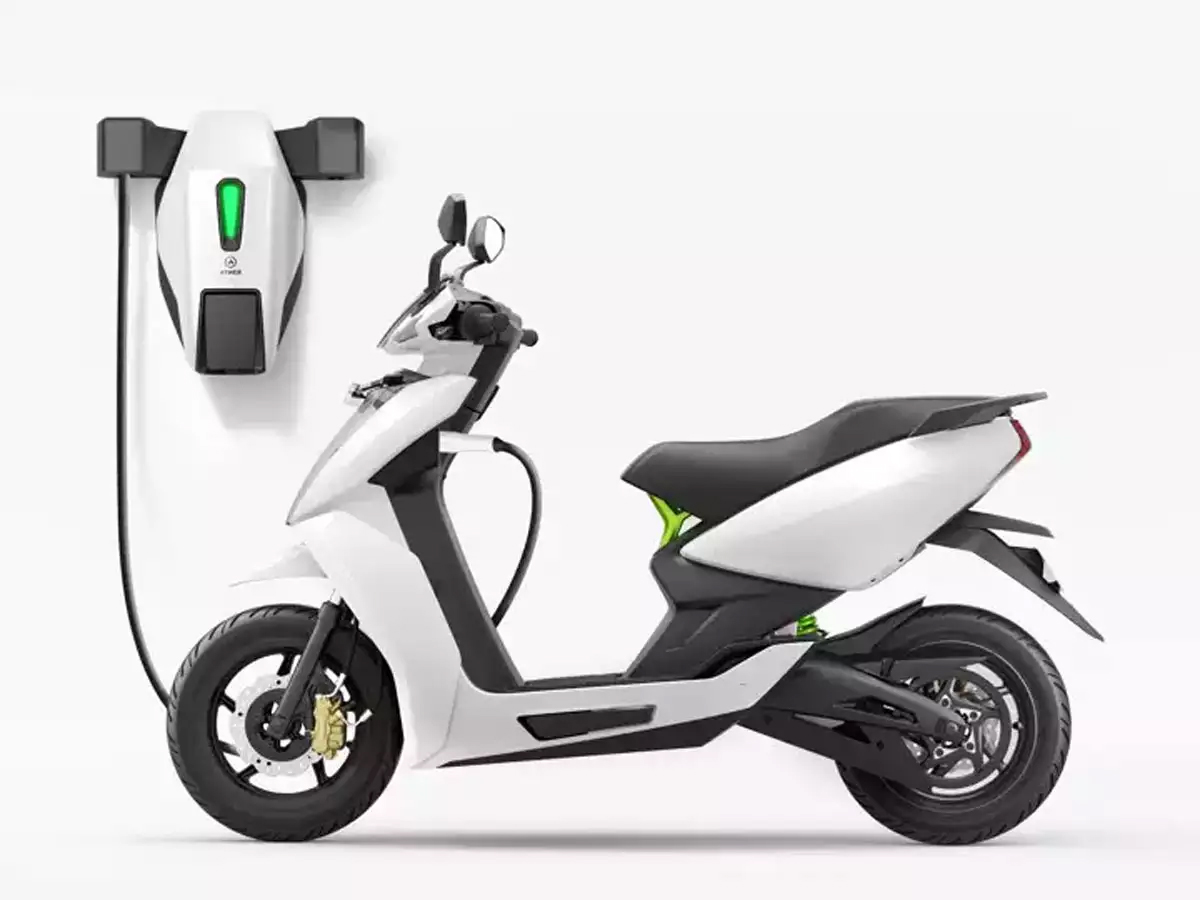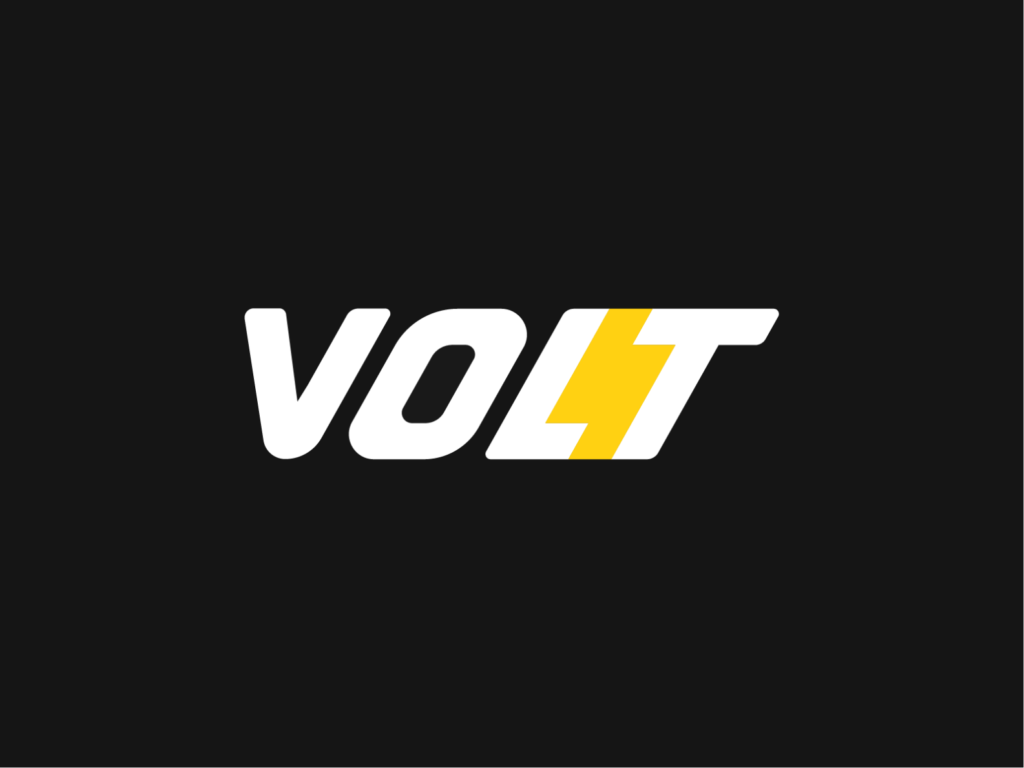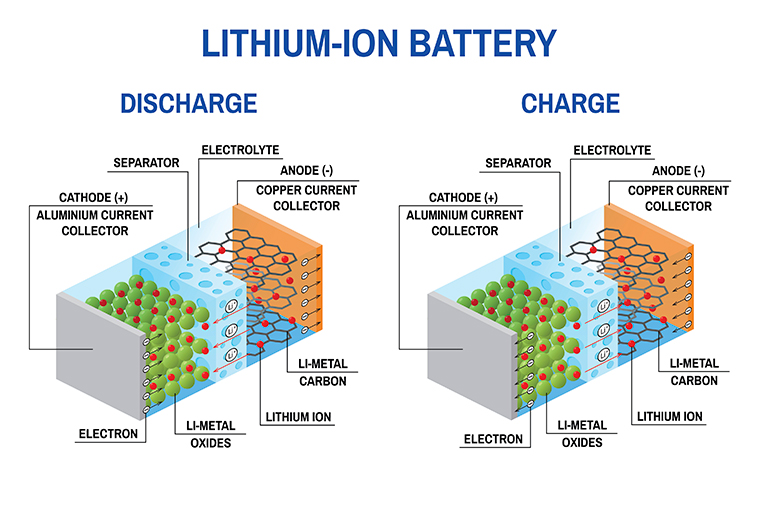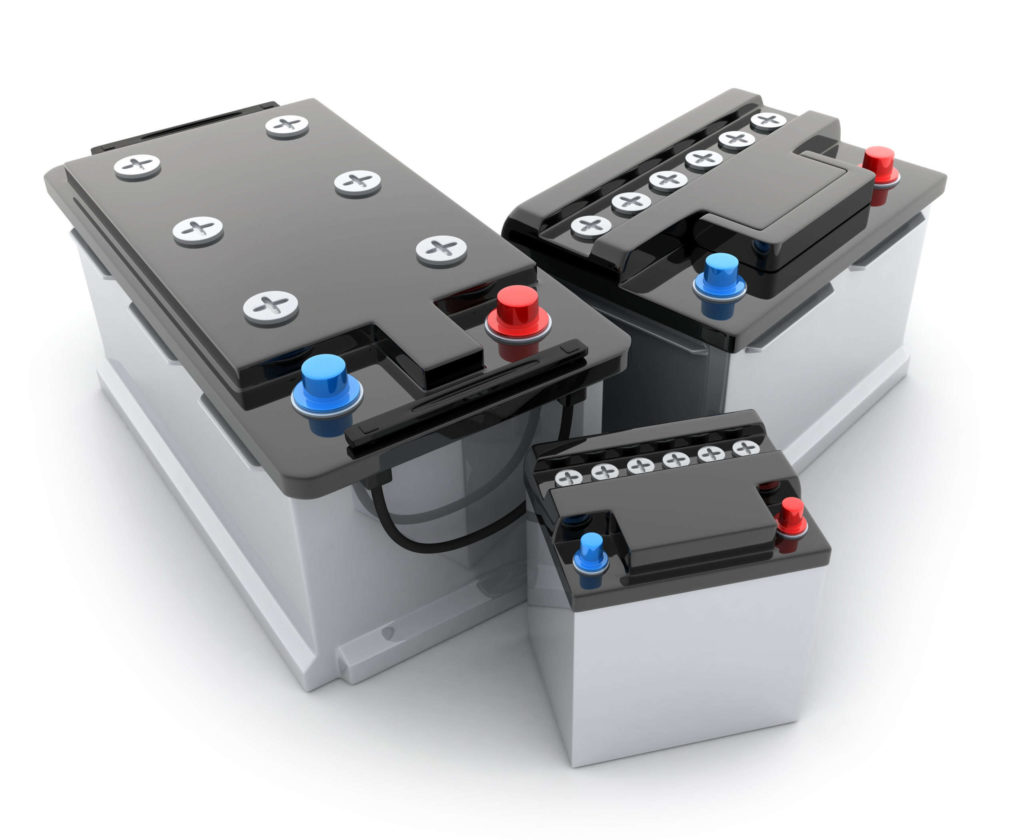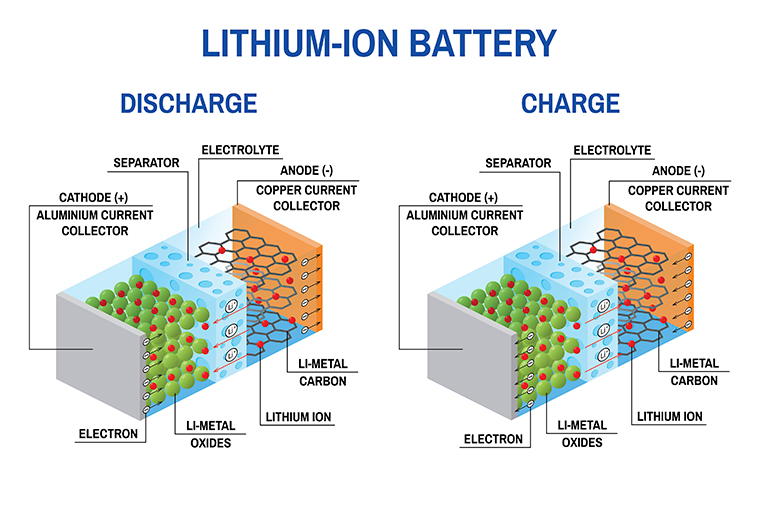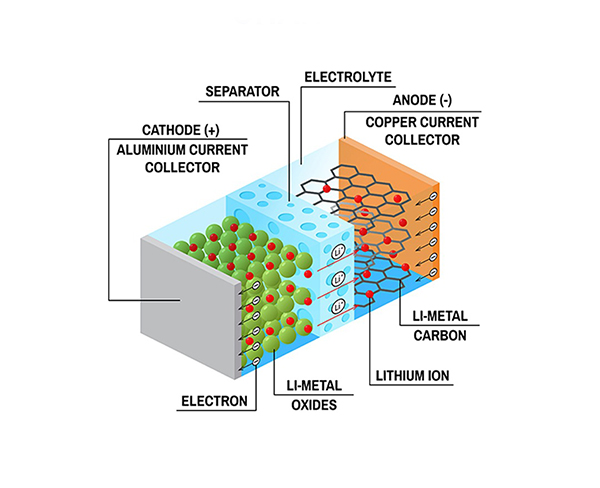What Is An Ess Battery ?
An ESS (Energy Storage System) battery is a device that stores electrical energy for later use. It allows for efficient and effective management of energy from various sources, including renewable energy sources such as wind and solar power.
The basic components of an ESS battery include the battery cells, a battery management system (BMS), and an inverter. The battery cells are responsible for storing the electrical energy, while the BMS ensures the battery operates safely and efficiently. The inverter converts the DC (direct current) energy stored in the battery into AC (alternating current) energy, which can be used to power homes, businesses, and other electrical devices.
How does an ESS Battery work?
The way an ESS battery works is relatively simple. When excess energy is produced from renewable sources such as solar or wind, it is stored in the ESS battery for later use. This stored energy can be used during times when energy demand exceeds supply, such as during peak usage hours or during periods of low renewable energy production.
The battery management system is responsible for monitoring the battery’s performance and ensuring it is operating efficiently and safely. This system also controls the flow of energy between the battery and the inverter, as well as the charging and discharging of the battery.
When the stored energy is needed, the inverter converts the DC energy into AC energy, which can be used to power homes or businesses. This process is known as discharging. Conversely, when the battery needs to be recharged, the inverter converts the AC energy into DC energy, which can be stored in the battery cells. This process is known as charging.
Advantages of using an ESS Battery!
ESS batteries have several advantages over traditional energy storage methods. One of the main benefits is that they allow for efficient management of energy from renewable sources. They also help reduce the overall energy demand during peak usage hours, which can help reduce the strain on the electrical grid.
In addition, ESS batteries provide backup power in the event of a power outage, which can be particularly useful for those living in areas with unreliable power grids or for critical infrastructure such as hospitals or data centres.
Overall, ESS batteries are a valuable tool for the management of renewable energy sources and for ensuring a reliable and efficient energy supply. As technology continues to advance, it is likely that ESS batteries will become even more prevalent and play an even greater role in the transition to a more sustainable energy future.
You can get premium ESS Battery from Akira, reputed ESS & EV battery Battery Manufacturer in India.
